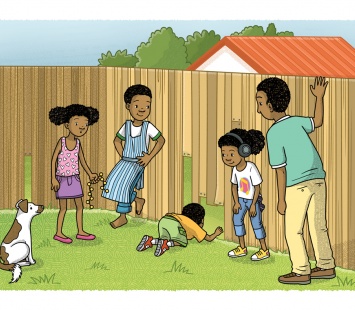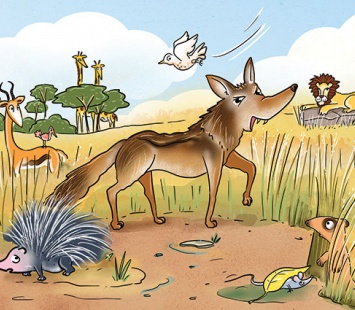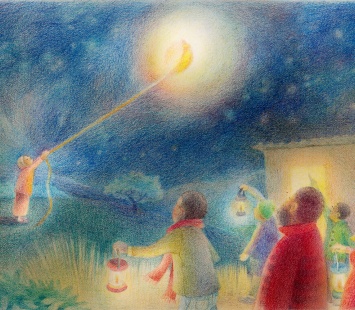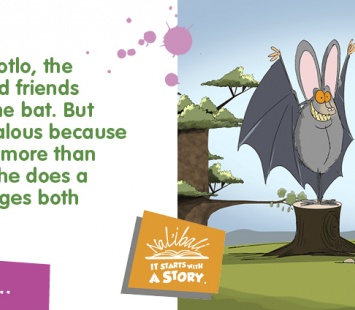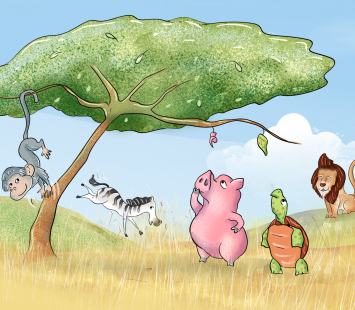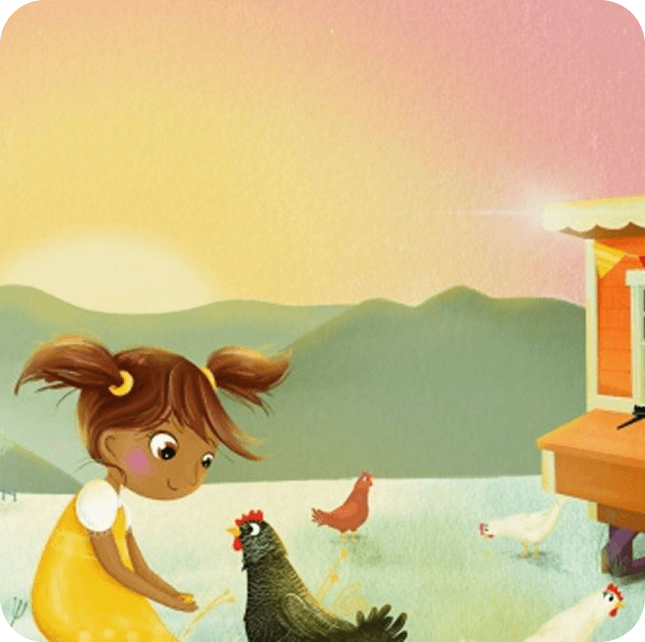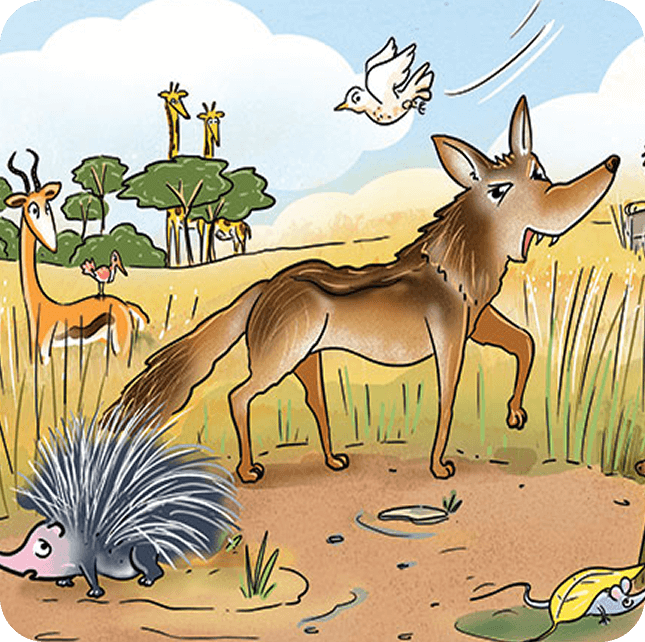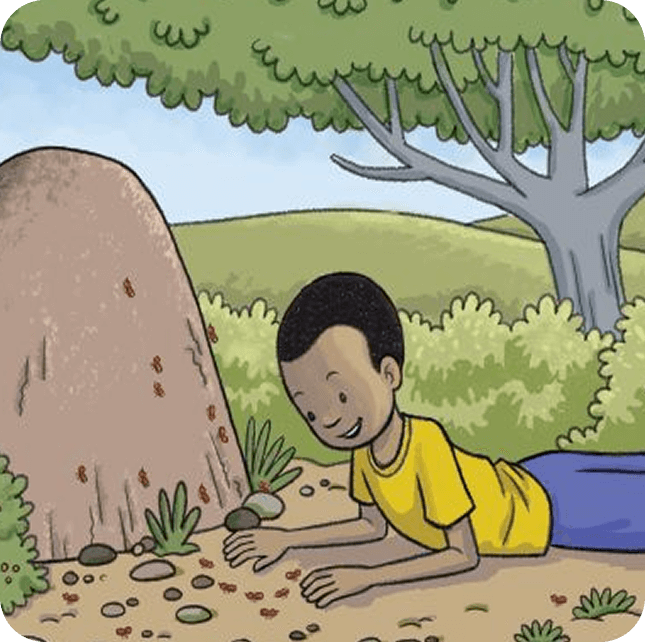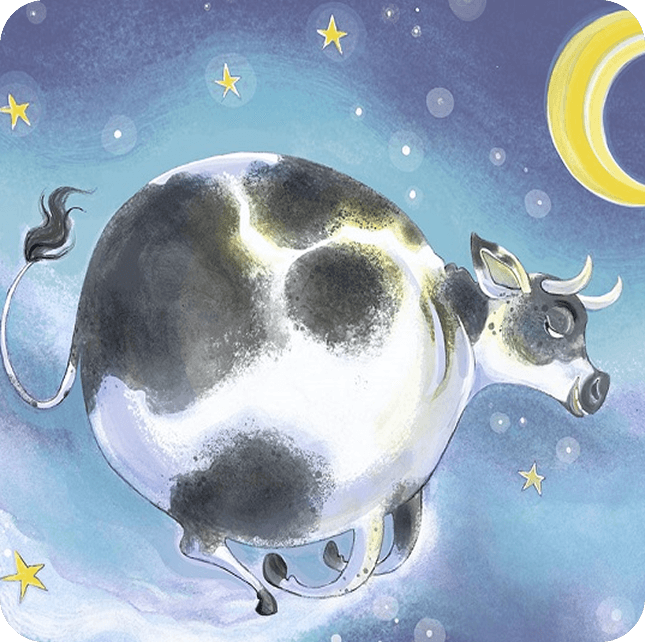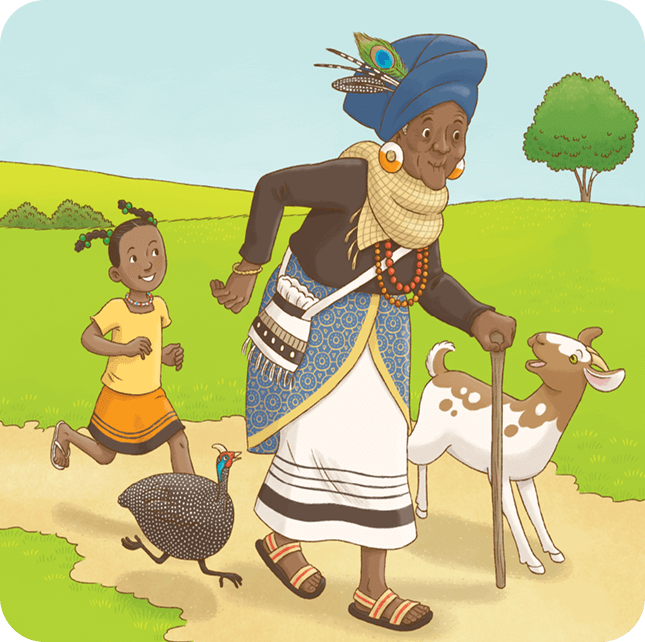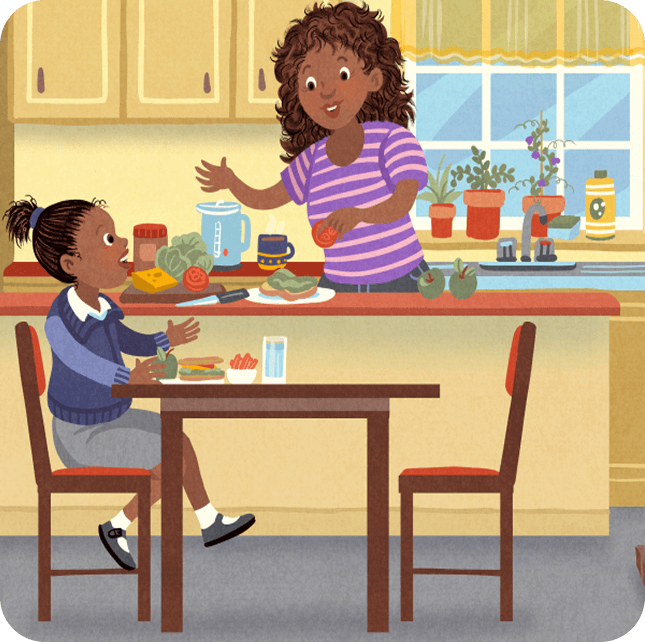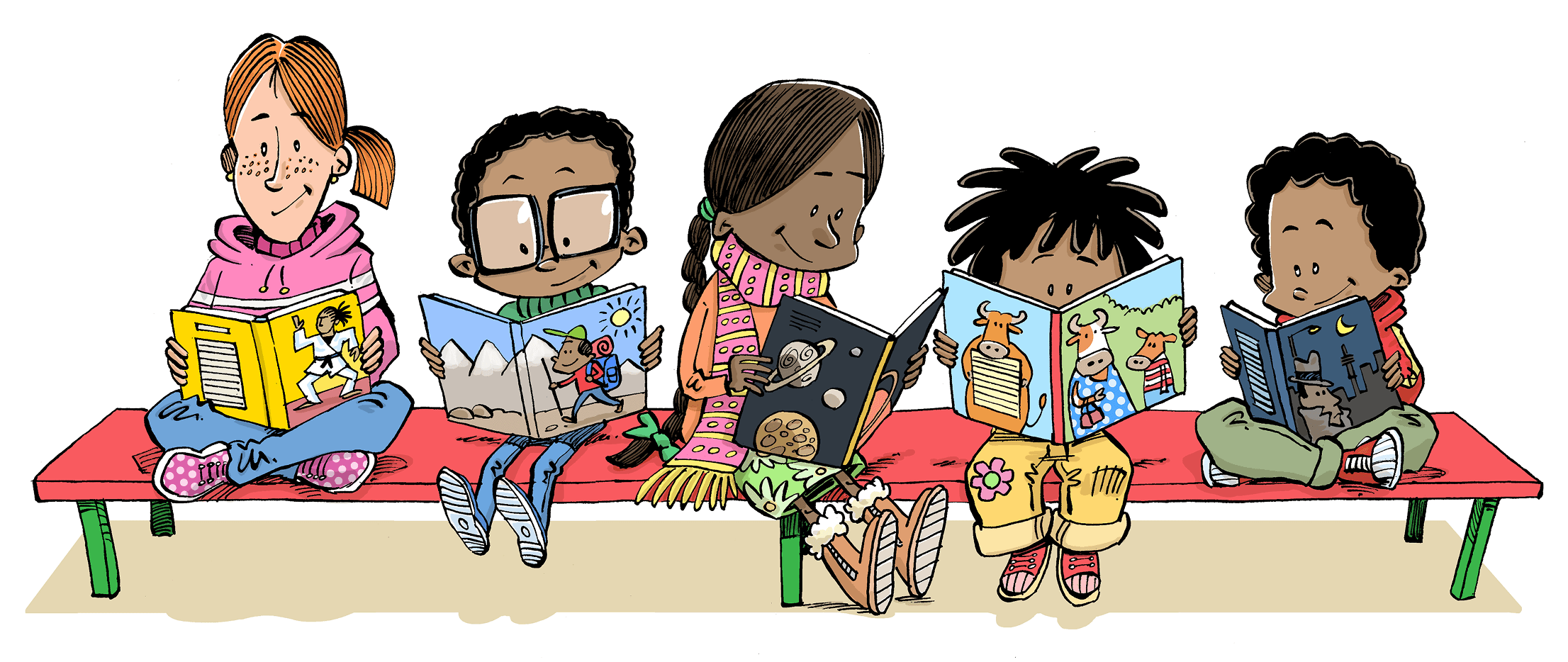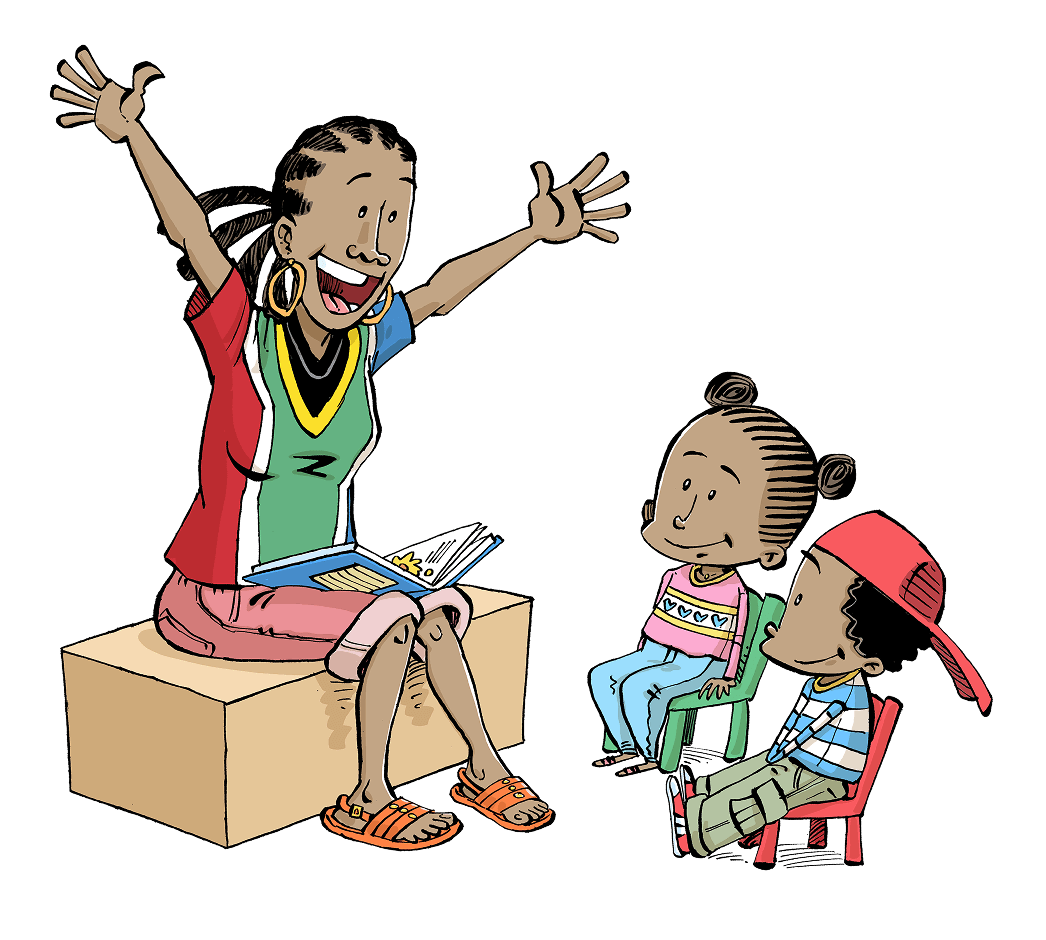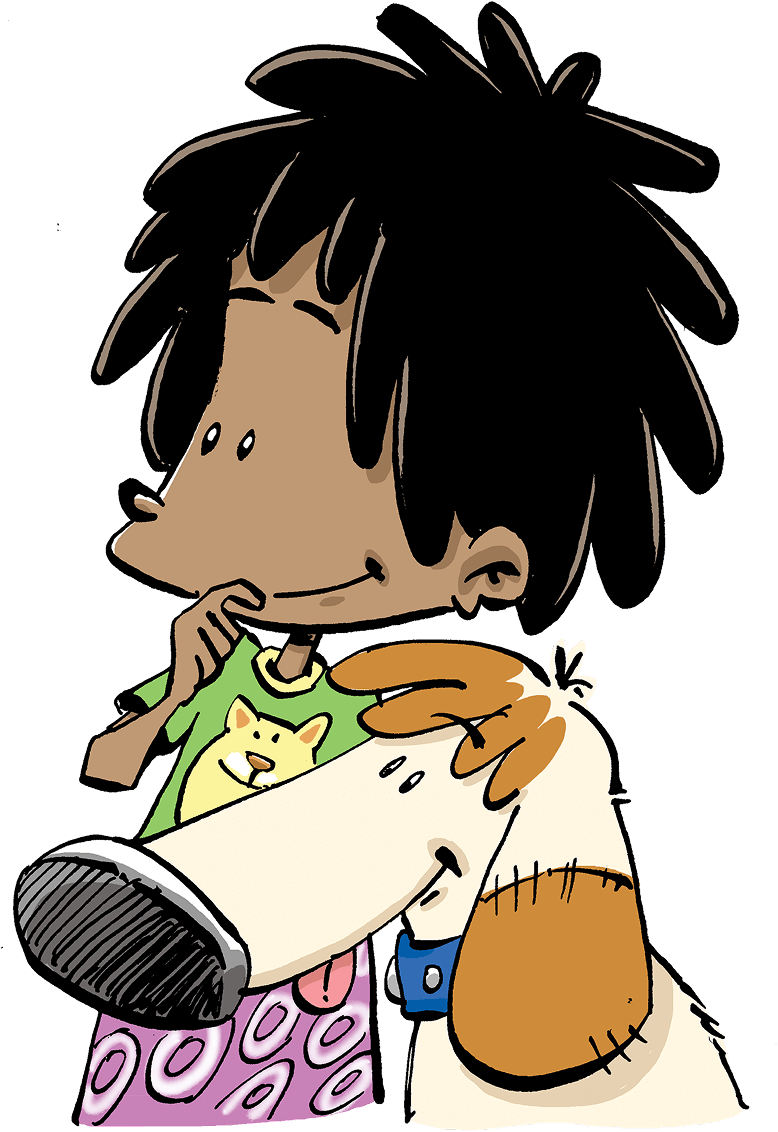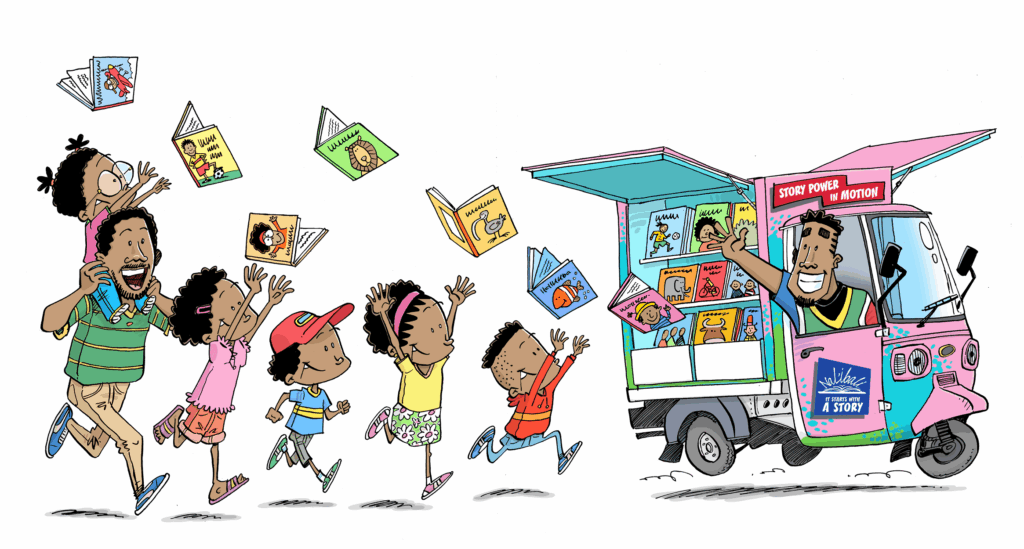 Here are 30 fun ideas that incorporate reading and writing to keep your children busy and entertained during the school holidays. The idea is to enjoy yourselves so use the language/s you and your children feel most comfortable with.
Here are 30 fun ideas that incorporate reading and writing to keep your children busy and entertained during the school holidays. The idea is to enjoy yourselves so use the language/s you and your children feel most comfortable with.
1. Keep a holiday journal. Use an exercise book or staple sheets of paper together to create a journal in which your children can draw and write about their holiday activities, thoughts, ideas and feelings. Encourage them to do this each day, either with you or on their own.
2. Going on a journey? Create a travel map for your children. Draw a simple map and put the towns or landmarks on it. Your children can use the map to keep track of where you are in your journey, without having to ask ‘Are we nearly there yet?’ all the time and to add new places of interest to them!
3. Join a library holiday programme with your children. Borrow a book by an author that none of you has ever read or more books by your favourite authors.
4. Create a family book chain. After each person has read a book, they write the book’s name on a new chain which you add to a paper chain. Put up the growing paper chain along a wall or hanging from a door frame. At the end of the holidays, remember and talk about all the books on the chain!
5. Create personalised gifts for friends or family members. Think about how you would describe a friend or family member and then look through magazines and newspapers to find words that describe them. Arrange and paste these onto a sheet of paper together with a photograph or drawing of the person.
6. Borrow books of fairytales or folktales and read one to your children every day of the holidays.
7. Create holiday memory boxes using old shoeboxes. Let your children cover and decorate their boxes, and write their names on them. When their boxes are ready, they can collect anything that represents a holiday memory for them: for example, train tickets, photographs, drawings, letters and cards from friends, the names and authors of books they have read.
8. Have a book party. Invite your friends and family to come to your home with their children. Ask each person to bring a storybook with them and then spend time sharing these books with each other.
9. Make Reconciliation Day words. If it’s the December school holidays, look up the word ‘reconciliation’ in a dictionary on 16 December. Find out what it means and see how many new words you and your children can make from it?
10. Try some tongue twisters! Get your children to write down tongue twisters and share them with their friends. Here are some to get them started – say them over and over again, as quickly as you can: She sells seashells on the seashore./ Flash message, flash message/ A proper copper coffee pot/ I saw Esau sitting on a seesaw. Esau, he saw me./Toy boat, toy boat/ Six thick thistle sticks/Good blood, bad blood
11. Make up silly stories. Take turns to pull out of a hat, a collection of words you’ve all written on pieces of paper (eg: blue, fox, umbrella, bag, moon, girl, flew, jumped, shone, sang, coat, grabbed.). Use them to help you create and tell a silly story, either all together, or separately.
12. Cook together. Find a recipe with your children for something interesting that you haven’t eaten before. Read the recipe and make the food together – then enjoy eating it!
13. Remember your favourite childhood stories. Tell them or find them in books to read to your children.
14. Write a story. Make books by stapling blank sheets of paper together and write stories with your children. Younger children can draw the picture. Offer to write the words they tell you but also encourage them to try and write for themselves. Allow older children to draw and write on their own. Read your books to each other – and to children who visit!
15. Plan a picnic. Write a list of things to take with you. Encourage your children to write their own lists as you write yours – involvement is more important here than neatness or correct spelling! Let them copy what you write if they want to. Before you leave, use the list to check that you have everything with you.
16. Picture it. With your children, cut out interesting pictures from newspapers or magazines. Each person thinks and writes what they like about a picture. Then share what you’ve all written.
17. Make song posters. For younger children, write the words of one of their favourite songs on a large sheet of paper but let older children write the words themselves. They can draw or paste pictures around the song. Display the posters where they can see it and then sing the song together while you point to the words.
18. Donate a story card. Encourage your children to cut out a story from an earlier Nal’ibali supplement and paste it on a sheet of cardboard or part of a cereal box. Let them share their story with friends or those who live in a children’s or old age home. Remember to leave the story card with them so that they can keep a piece of your story magic!
19. Write a review. Help your children to review of a book they have read and liked a lot, and then share it with us. Send your review to Nal’ibali, PO Box 1654, Saxonwold, 2132 or letters@nalibali.org or post it on Facebook: www.facebook.com/nalibaliSA
20. Create a 2012 newsletter. With your children, write about events and achievements of each family member of the past year and then email or post it to friends and family, especially those who you do not see often.
21. Change a story. As you tell a story that your children know, change the title, characters, or beginning or ending to make it different. Young children love it if you use their own names, and those of friends and family members as characters. Ask your children for different ways to end a story: sad, silly, happy, unbelievable.
22. Make a New Year’s gift. Together with your children, follow the instructions in a how-to book to make some New Year gifts for friends. Your children will learn how to read and follow instructions as well as how to make something.
23. Make a joke book. Collect jokes to write and illustrate joke books. Here are some to start you off: How do porcupines kiss? Very carefully. Why do bees hum? Because they don’t know the words. Why did the crab go to prison? Because it kept pinching things! What do you give an elephant with big feet? Plenty of room!
24. Make a riddle book or poster. Here are some to use: What has a face and two hands but no arms or legs? A clock. What has a neck but no head? A bottle. What gets wetter as it dries? A towel. What has to be broken before you can use it? An egg. Why can’t a woman living in Gauteng be buried in Limpopo? Because she’s still living!
25. Go on a treasure hunt. One person writes up the clues that tell everyone what they have to do next to discover where the treasure is hidden. He/she places them in different places and everyone else uses each clue to get one step closer to finding the treasure!
26. Name the story characters. Invite your children to draw a picture of their favourite story character, keeping it secret as they draw. Put their pictures up and then see if other family members are able to guess the characters’ names and which stories they are from.
27. Create a menu. Each of you creates and writes down your most mouth-watering menu for a pretend restaurant or a family supper you could all enjoy.
28. Make an alphabet book. Do this with your younger children or invite your older children to make one for a younger sibling or baby you know. Write each letter on a separate sheet of paper and then draw or find pictures of familiar things for each letter: for example, an Aloe or aardvark for ‘A’.
29. Make a songbook. Ask family and friends to write down the words of their favourite songs. Learn them together and sing them!
30. Theatre time. Choose a well-loved story with exciting characters and a strong story line. With your children, write down what each character says and let them choose who they want to be! Provide props like pieces of fabric, hats, shoes or clothes and act out the story.
For more easy Nal’ibali holiday reading activities, click
here!
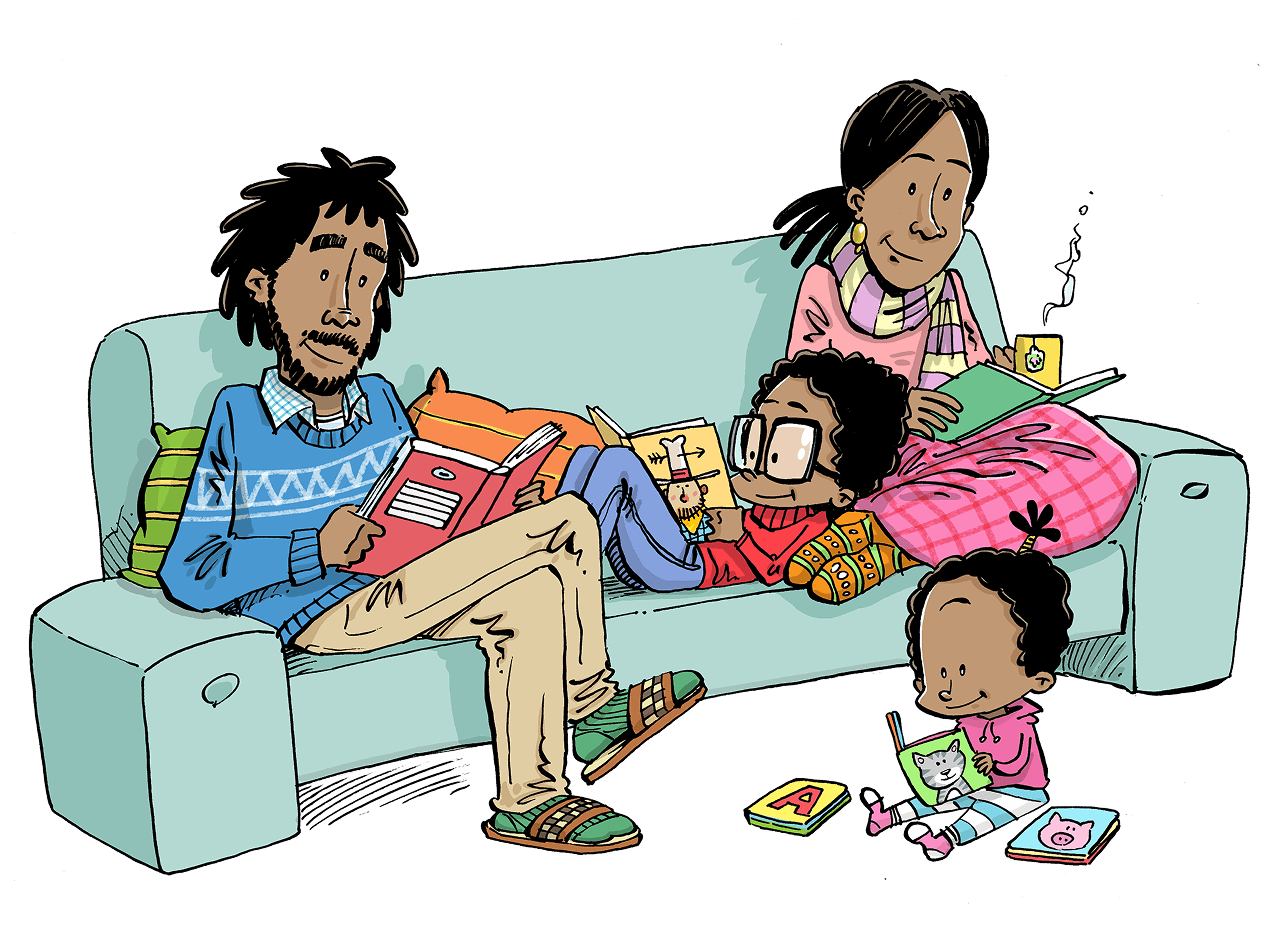
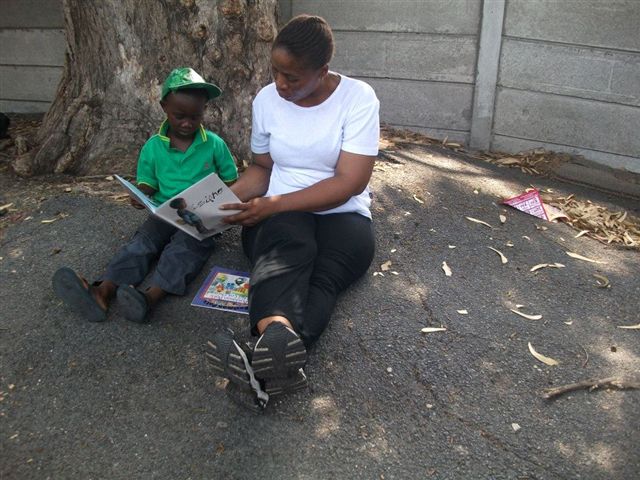
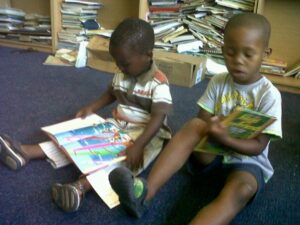
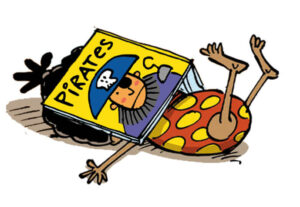
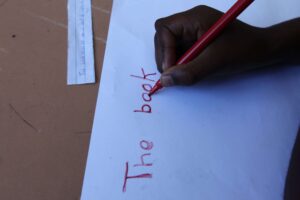 Here are some activities for children to do that deepen and extend their experiences of the books they read. Some of the ideas are suitable for all ages while some are better suited to older children.
Here are some activities for children to do that deepen and extend their experiences of the books they read. Some of the ideas are suitable for all ages while some are better suited to older children.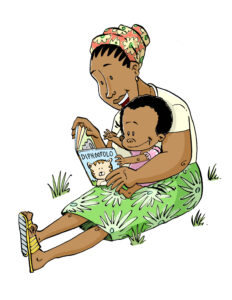 We all have hopes and dreams for our children – that they will live happy, healthy and successful lives. And we know that achieving these dreams takes effort on our part.
We all have hopes and dreams for our children – that they will live happy, healthy and successful lives. And we know that achieving these dreams takes effort on our part.
 Here are 30 fun ideas that incorporate reading and writing to keep your children busy and entertained during the school holidays. The idea is to enjoy yourselves so use the language/s you and your children feel most comfortable with.
Here are 30 fun ideas that incorporate reading and writing to keep your children busy and entertained during the school holidays. The idea is to enjoy yourselves so use the language/s you and your children feel most comfortable with.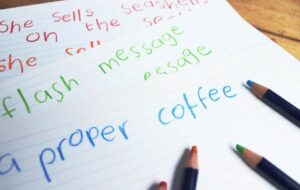 When adults write, we do so for a real reason: to write a shopping list, to leave a note for someone, to fill in forms, to communicate with a friend in a letter or email, to create a story. Children learn to write most easily when they write forreal reasons too rather than because an adult has told them what they should write about.
When adults write, we do so for a real reason: to write a shopping list, to leave a note for someone, to fill in forms, to communicate with a friend in a letter or email, to create a story. Children learn to write most easily when they write forreal reasons too rather than because an adult has told them what they should write about.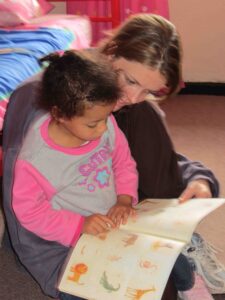 “Read this to me, please!” are the words we all love to hear from our children because they mean that they are interested in stories and books, and are on their way to becoming independent readers. But do you often wonder whether there are ways that you could improve your reading-to times with your children? There are no correct or incorrect ways to share books with a child, but here are some ideas you might like to try:
“Read this to me, please!” are the words we all love to hear from our children because they mean that they are interested in stories and books, and are on their way to becoming independent readers. But do you often wonder whether there are ways that you could improve your reading-to times with your children? There are no correct or incorrect ways to share books with a child, but here are some ideas you might like to try: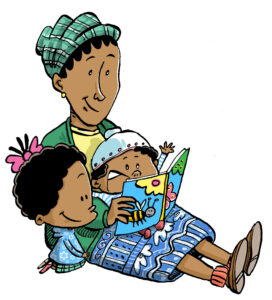 Sharing books with your children gives you the opportunity to build a strong and loving bond with them while also helping to develop the literacy skills that are so important for their success at school.
Sharing books with your children gives you the opportunity to build a strong and loving bond with them while also helping to develop the literacy skills that are so important for their success at school.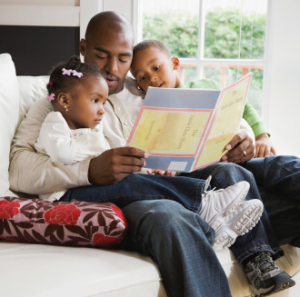
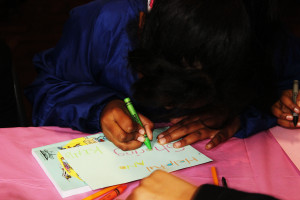 Have you noticed how young children seem to learn without very much effort at all? Think, for example, about what six year olds know and can do with language before they even get to school!
Have you noticed how young children seem to learn without very much effort at all? Think, for example, about what six year olds know and can do with language before they even get to school!
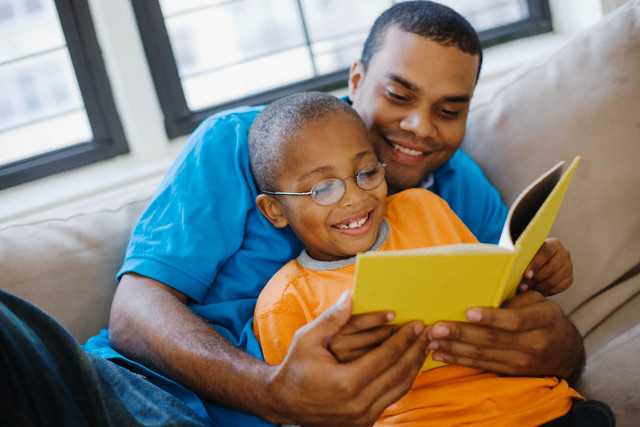
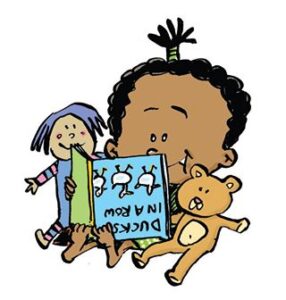 Often, when people talk about the importance of reading to children, they mean reading to children who are three years or older – some people even mean children over the age of five! But more and more research is showing that it is better to start reading to children from birth.
Often, when people talk about the importance of reading to children, they mean reading to children who are three years or older – some people even mean children over the age of five! But more and more research is showing that it is better to start reading to children from birth.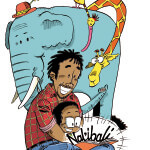 For the past two years, Nal’ibali has been encouraging you to read to your children regularly – just 15 minutes a day, every day! But why is this very small action so very important? Here are some of the reasons:
For the past two years, Nal’ibali has been encouraging you to read to your children regularly – just 15 minutes a day, every day! But why is this very small action so very important? Here are some of the reasons: